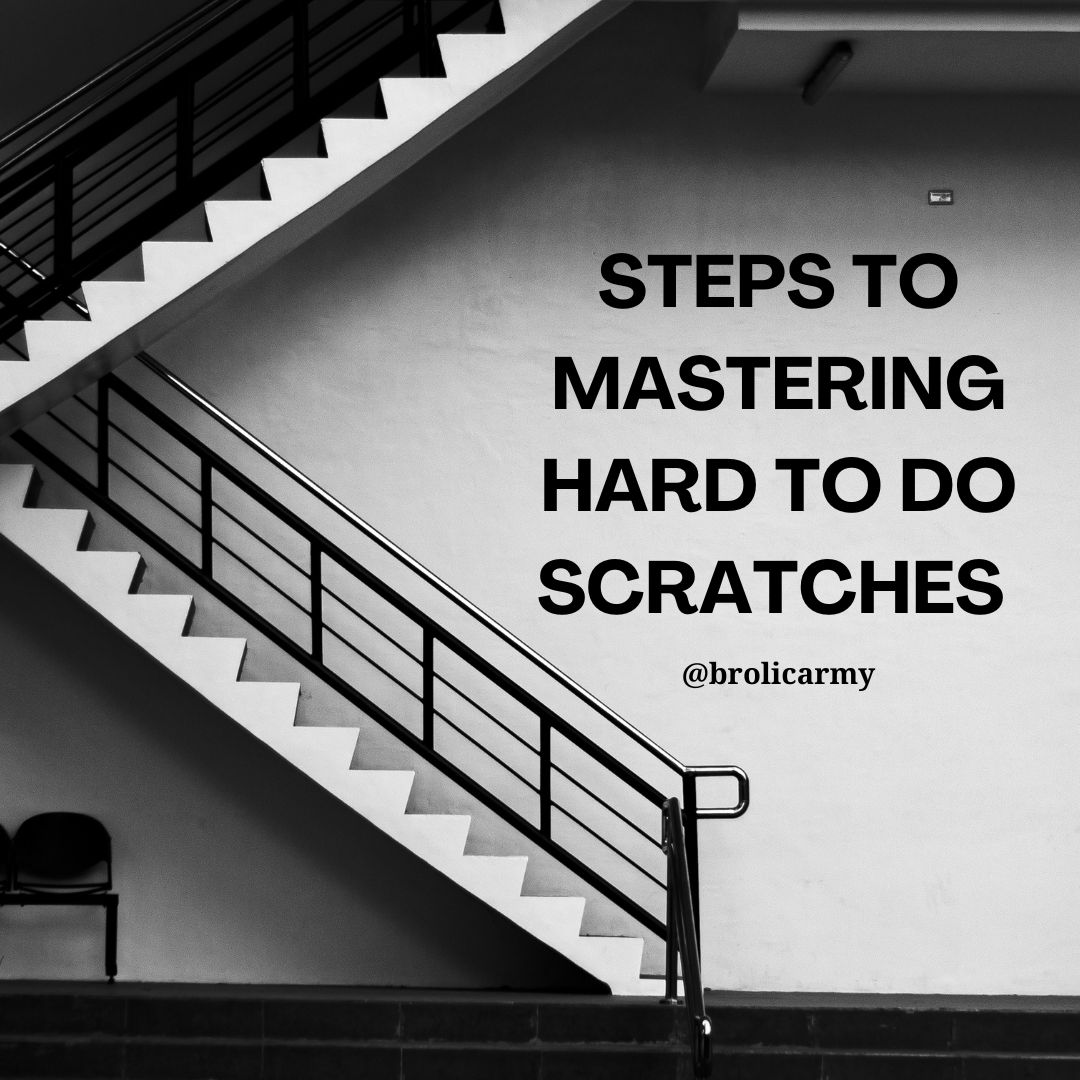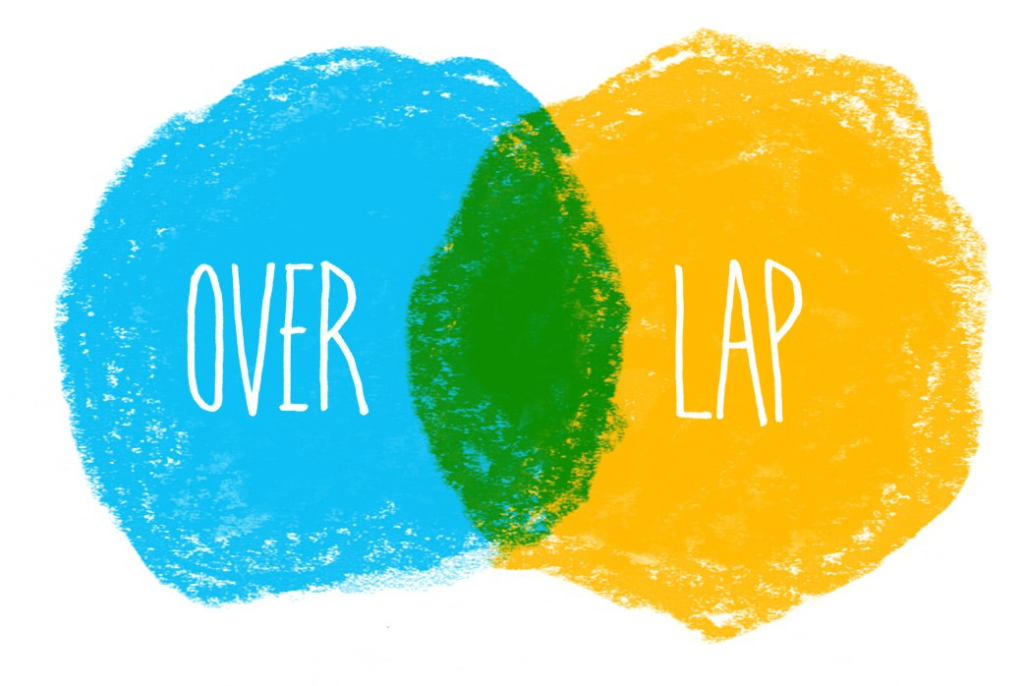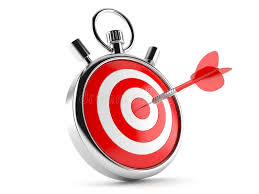Four Steps To Mastering “Hard To Do” Scratches

Battle season is upon us and DJs worldwide are spending hours upon hours locked inside their bedrooms mastering the most difficult styles of battle DJing in hopes that this will be the year all of that practice pays off! Scratching is one of the techniques you’ve gotta be able to flex if your goal is to win anything!
I remember back in 1996, the 3 main DJ crews (Beat Junkies, Invisibl Skratch Piklz and The X-Men) assembled together for a secret practice session in the Bay Area. It was literally a private summit between the world’s most influential and progressive DJs. Eightball, DJ Disk, Shortkut, Apollo, Mix Master Mike, Q-Bert, Melo D, Babu, Mista Sinista, Roc Raida (RIP) and myself, amongst a few others, were showing each other our best ideas. Up until then Beat Juggling was my speciality. But then I witnessed Q-Bert scratching the Malcom Mclaren “Buffalo Gals” WAAAAAA over his “Toasted Marshmallow Breaks”. This wasn’t the ultra fast “skratcher” version of Q-Bert the Turntablist world was accustomed to watching and listening to. I was in the presence of a slower, more melodic version of the man widely known as the most technical scratcher in the Universe. His sweet bends mixed with the awesome tone in his delivery culminated into an intensity that changed my perception of scratching overall. Right then and there I had a paradigm shift. Scratching could be just as fun as Beat Juggling and I knew if there was one thing I wanted to do by the time we all reconnected again, it was level up as a scratcher because spectating from the sidelines was for the birds! I wanted to join in.
Life as a DJ is one of constant self-improvement. That is if you’re passionate about the craft behind it. After my experience standing next to Q – Bert while he scratched at that private practice session between the Beat Junkies, ISP and X-Men I made a commitment to myself that the next time we were all together in front of some turntables, I WOULD NOT BE STANDING OFF TO THE SIDE! So, the very next day after our flight landed us back at JFK, I started teaching myself the “Flare,” “Crab,” “Echo Scratching,” and the rest of the crazy stuff I saw Q doing. It wasn’t easy. It looked simple but the practicality of all of these techniques took a level of speed and accuracy I was unaware of. I’d try a “Crab” but couldn’t force my fingers into stroking the fader with the right touch. These were techniques that honestly in 1996, were above my paygrade. “Transformers” and “Stabs” was about as technical as I could get. After about 5 weeks of intense practice though, I finally started conquering these incredibly difficult scratches.
A few months after, as I predicted, we all reconnected in Los Angeles at a show. This time I was ready to scratch alongside these scratch giants and if I may say so myself, I HELD MY OWN!
In today’s “I want to master the Flare now” climate of DJing we live in (blame social media) it’s important to appreciate the fact that developing into a proficient scratcher takes time and patience. Thankfully, I am here as your Brolic Army mentor to help assist you on your “skratching” journey so that you don’t make the same mistakes I made when I first started teaching myself all of this stuff.
Here are four step-by-step processes you can utilize in mastering “hard to do” scratches.

Your Game Plan
When you’re faced with wanting to learn how to “Flare” for example, you can’t expect to go from “Transforming” to “Flaring” in one fell swoop. You just can’t go from A to Z without stopping at every letter in between. So start getting used to breaking down difficult scratches into individual fragments. This will allow you to discover the underlying technical issues causing you to struggle. Perhaps it’s bad hand mechanics or an inability to memorize the hand choreography in a scratch. When you analyze what your hands need to actually do you’ll begin to develop strategies to overcome these difficult areas and fix the bad habits that are causing the problems in the first place. Before you know it, the hand techniques you once thought were impossible to master will become a part of your everyday scratch vocabulary.

Technique Overlap
It can be hard to isolate what your fingers are doing when you’re executing a “Transform” scratch in comparison to a “Flare” because the movements are integrated so closely with each other. Whether you’re “Transforming” or “Flaring” you have to pinch the fader, and then proceed to open and close it. But instead of focusing on what needs to happen, refocus your attention on the timing your hands must move to induce a particular sound. Timing is everything!

Timing
Whatever beat you choose to scratch over demands a strong level of timing. So be sure you’re experimenting with speeds you feel comfortable scratching to in the learning stages of mastering the more difficult scratch patterns that exist. Try practicing with a variety of bpms until you feel comfortable. If you can execute a scratch perfectly five times in a row, increase or decrease the tempo by five bpm and go again. Keep adjusting in five bpm increments – playing it perfectly five times consecutively before moving on – until you start to make mistakes or tense up your muscles. If that happens, go down or up five bpm. This is your maximum “perfect” speed. Write it down in a notepad or on your phone so you can refer to it later. This process can help you pinpoint where certain problems are. Does your record hand or fader hand experience the most difficulty? Are you struggling to maintain hand independence?

Long Term Mastery
When you’re scratching, it’s important to sound pleasing, otherwise you’re just making noise. Here’s there are three specific things to focus on:
- RELAXATION: Pay close attention to your fingers, wrists, forearms, back and shoulders. Your stance is also very important. Relax your body as much as possible because tension in any part of your body could ultimately prevent you from scratching with proficiency. If you tense up your muscles then they can’t work with each other effectively.
- SMALL MOVEMENTS: This is self-explanatory. Use the smallest movements possible to scratch. This goes for your record and fader hands. Any excess movement is wasted energy.
- CLEANLINESS: Make sure every scratch note rings out clearly and perfectly. They should sound crisp and every note should be distinguishable.
From top to bottom, these are the steps that helped me break through the barriers I experienced with the more advanced scratch techniques that exist. I’m confident my methodology will help you as well. They’re based on basic principles you can apply to any scratch style. Experiment with the tactics and approaches you personally strive to create as a scratch soloist in this recent episode of Training Camp. Through mastering how to physically perform the scratch combos you construct in your mind, like speaking, soloing will become an extension of your voice.
If you have any questions, feel free to leave them in the comment section of this article.


2 Comments on Four Steps To Mastering “Hard To Do” Scratches
Comments are closed.